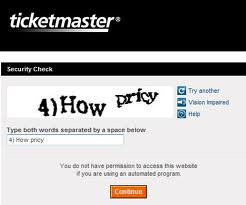Three of MF Global Holdings Ltd.’s top executives said they didn’t know what happened to as much as $1.2 billion in client funds that went missing in the days before the New York-based brokerage filed for bankruptcy. Jon S. Corzine, former chairman and chief executive officer of the broker testified in Congress that he didn’t intend to misuse as much as $1.2 billion in now-missing customer funds and that other employees of the failed brokerage oversaw the money. According to Corzine, a team of people in the cash finance and cash management divisions of the company had the authority to move customer funds from segregated accounts.
Questions:
1. Where does the bankruptcy of MF Global rank among all other U.S. bankruptcies?
2. What was the amount of the quarterly loss that MF Global reported on Sep. 30?
3. Briefly explain why regulators do not think that the auditors could find the problems in MF Global and what transactions were affected.
4. From what you can find out from research about MF Global, what were the weaknesses with the company that led to this crisis?
Source:
Brush, S. (2011) Top MF Global Execs Say They Don’t Know How Funds Went Missing, Dec. 13 (Retrievable online at http://www.bloomberg.com/news/2011-12-13/top-mf-global-execs-say-they-don-t-know-how-funds-went-missing.html)
CNN VIDEO. (2011). No Christmas for Former MF Global Client, CNN, Dec. 8 (retrievable online at www.cnn.com/videos)














